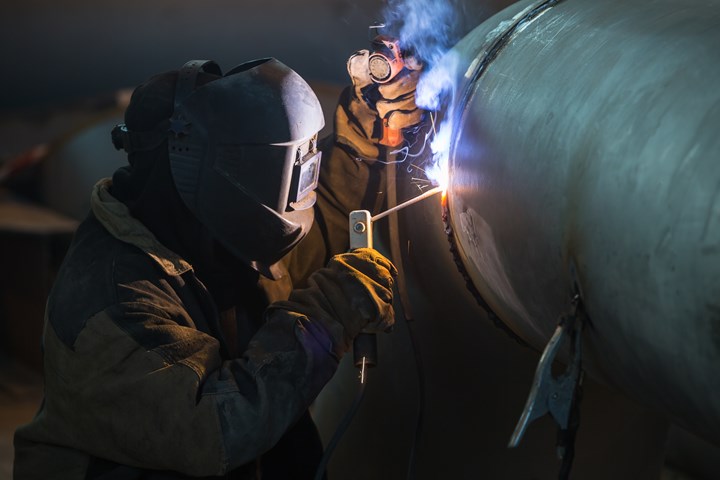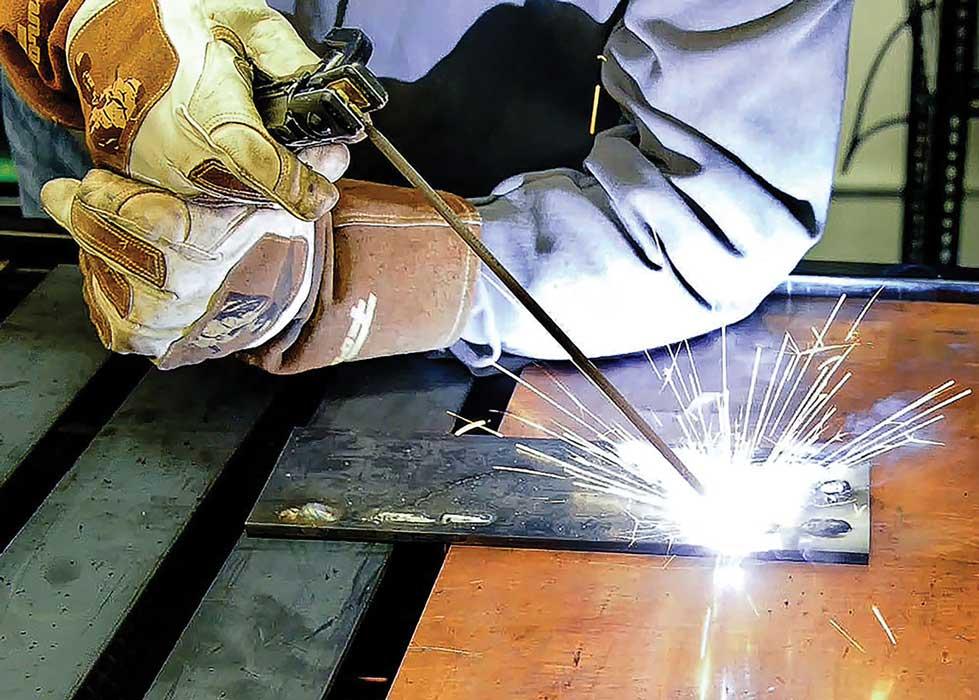The Ultimate Guide to Welding WPS Procedures: A Thorough Introduction for Welders
In the elaborate world of welding, Welding Treatment Requirements (WPS) serve as the backbone of making sure top quality, consistency, and safety in welding operations (welding WPS). As we delve into the numerous elements of a WPS and check out the details of credentials and qualification, we will certainly uncover the important duty these treatments play in the realm of welding.
Value of WPS Procedures
Understanding the value of Welding Treatment Requirements (WPS) treatments is essential for making sure the quality and integrity of welded structures. WPS treatments function as a roadmap for welders, describing the necessary steps, parameters, and materials needed to achieve an audio weld. By adhering to WPS guidelines, welders can ensure consistency in their work, bring about structurally sound and trusted welds.
One of the main factors why WPS procedures are essential is their role in maintaining weld quality and stability. Complying with the specified welding specifications and strategies described in the WPS assists protect against defects such as porosity, fracturing, or insufficient fusion, which can jeopardize the stamina and toughness of the weld. Furthermore, WPS procedures are vital for ensuring conformity with sector criteria and codes. By following established WPS standards, welders can demonstrate that their job fulfills the needed needs for security and top quality, offering guarantee to customers, inspectors, and governing bodies. Basically, the relevance of WPS treatments can not be overstated, as they are essential to accomplishing consistent, premium welds that meet sector standards and requirements.

Parts of a WPS
A Welding Procedure Spec (WPS) normally makes up important parts that information the specific needs for performing a weld, guaranteeing uniformity and top quality in the welding process. The essential components of a WPS include important variables such as base metals, filler steels, interpass and preheat temperature levels, welding processes, shielding gases, welding settings, and post-weld warm therapy requirements.
Base metals describe the products being joined, while filler steels are utilized to fill up the space in between the base metals during welding. Preheat and interpass temperature levels are critical for regulating the warmth input and protecting against concerns like breaking or distortion. The welding process describes the details strategy to be used, whether it's gas steel arc welding (GMAW), shielded metal arc welding (SMAW), or one more technique. Securing gases safeguard the weld pool from atmospheric contamination. Welding placements specify the alignments in which welding can be executed. Post-weld warm therapy might be necessary to alleviate tensions and improve the weld's properties. A thorough understanding of these components is essential for producing a comprehensive and effective WPS.

Qualification and Certification
Having established the important elements of a Welding Procedure Spec (WPS), the emphasis now moves towards the essential aspects of certification and certification in welding practices.

Certification, on the various other hand, is the official acknowledgment of a welder's qualifications by an appropriate qualification body or company. Welding qualifications are typically based upon the details welding procedures, materials, and positions a welder is qualified to work with. Holding a legitimate welding certification shows that a welder fulfills industry criteria and is competent to carry out welding jobs to the needed requirements.
Developing a WPS
To establish a Welding Treatment Spec (WPS) that fulfills industry criteria, careful factor to consider of welding procedures, products, and functional specifications is important (welding WPS). The primary step in creating a WPS is to recognize the welding procedure to be used, such as gas steel arc welding (GMAW) or shielded metal arc welding (SMAW) When the welding procedure is figured out, the following crucial facet is choosing the ideal materials, considering factors like base steel kind, density, and joint style. Operational parameters such as welding existing, voltage, travel rate, and protecting gas make-up should likewise be diligently specified in the WPS.

Applying and Keeping An Eye On WPS
Upon wrapping up the thorough Welding Procedure Spec (WPS) that carefully details welding procedures, products, operational criteria, and quality assurance procedures, the emphasis shifts to efficiently carrying out and monitoring the established treatments. Implementation includes making sure that all welders included in the task recognize with the WPS and follow it diligently during the welding process. This calls for providing ample training and supervision to guarantee adherence to the specified procedures. Keeping track of the WPS involves constant oversight to verify that welding activities straighten with the recorded specs. Inspections, testing, and top quality control procedures are essential parts of the monitoring process to determine any kind of inconsistencies or problems quickly. Routine audits Look At This and evaluations of the welding treatments help in preserving uniformity and high quality throughout the job. Effective execution and tracking of the WPS are important for making sure the honesty, toughness, and safety and security of the bonded joints, ultimately adding to the total success of the welding job.
Conclusion
Finally, understanding and adhering to Welding Treatment Specifications (WPS) is critical for welders to guarantee high quality, uniformity, and safety in their job. By knowing the elements of a WPS, obtaining correct certifications and certifications, creating in-depth procedures, and implementing and monitoring them properly, welders can improve their skills and effectiveness in welding practices. Abiding by WPS treatments is important for producing high-grade welds and conference industry standards.
In web the elaborate globe of welding, Welding Treatment Specifications (WPS) serve as the foundation of ensuring high quality, consistency, and safety in welding operations. The welding process details the specific technique to be utilized, whether it's gas steel arc welding (GMAW), secured metal arc welding (SMAW), or another technique.To develop a Welding Procedure Spec (WPS) that fulfills industry criteria, mindful factor to consider of welding read this article procedures, products, and functional criteria is essential. The first step in creating a WPS is to recognize the welding procedure to be made use of, such as gas metal arc welding (GMAW) or protected metal arc welding (SMAW)Upon finalizing the detailed Welding Procedure Spec (WPS) that carefully information welding procedures, materials, functional criteria, and quality guarantee procedures, the emphasis moves to efficiently applying and keeping an eye on the well established procedures.